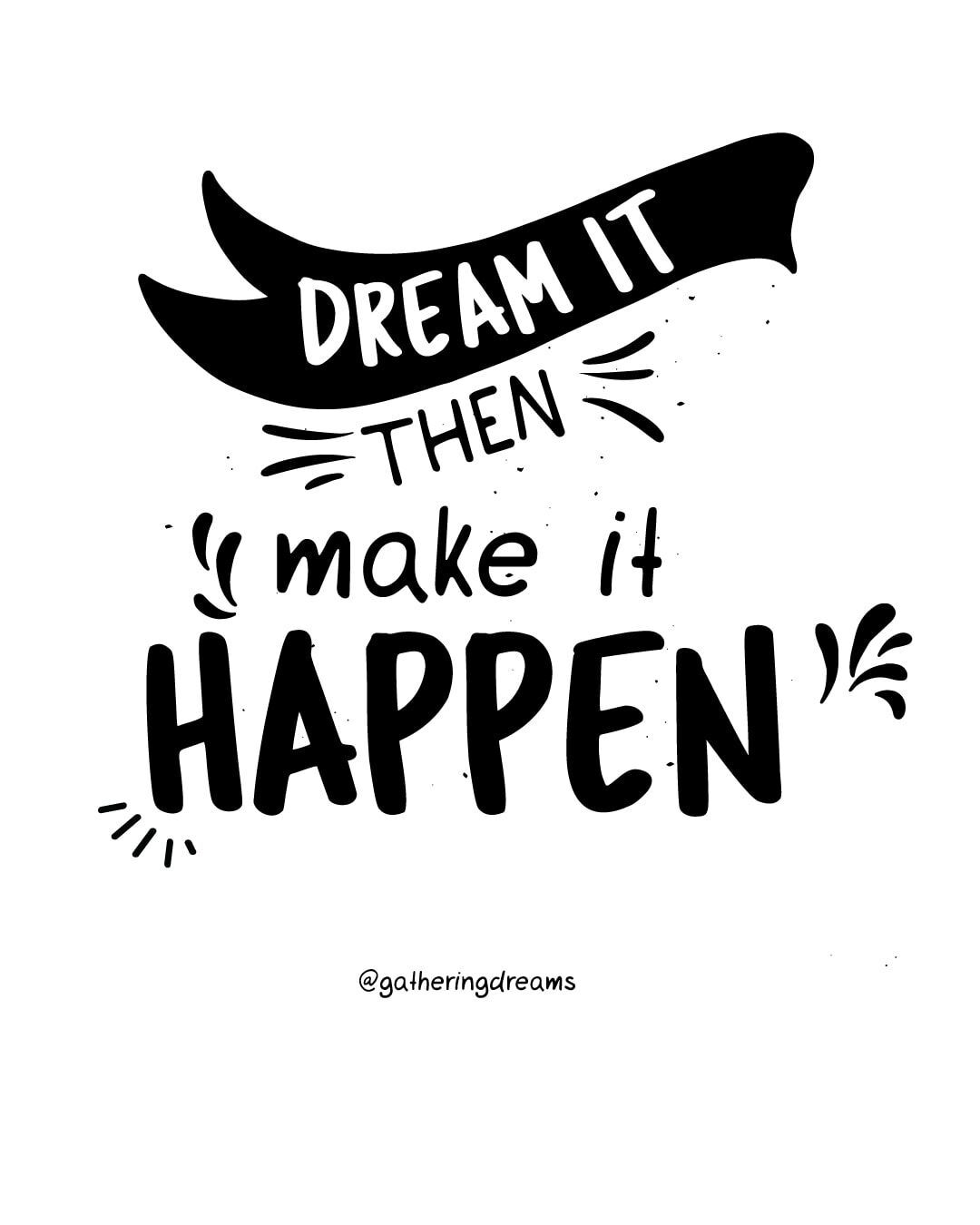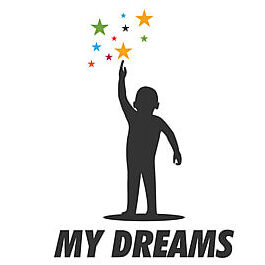Imagine a world where the boundaries of creativity know no limits, where innovation sprouts from the deepest corners of the mind, and where dreams become the catalysts for groundbreaking ideas. Dreams have fascinated humanity since time immemorial, offering glimpses into the subconscious and providing a canvas for the wildest imaginations to paint. In this article, we delve into the captivating realm of dreams and explore how they can inspire innovation and foster creative potential.
Definition of Dreams in a Psychological Context
In the realm of psychology, dreams are a series of thoughts, emotions, and sensory experiences that occur during sleep. These nocturnal journeys transport us to parallel worlds, presenting scenarios that might seem peculiar or fantastical. While some dreams may feel fragmented and nonsensical, others exhibit a profound connection to our waking life and may contain hidden symbols and messages that can unlock our creative genius.
The Science Behind Dreams
Understanding the Dreaming Process
Our sleep is divided into various stages, two of which are particularly significant for dreaming: Non-Rapid Eye Movement (NREM) and Rapid Eye Movement (REM) sleep. During NREM sleep, our brain is less active, and dreams are less likely to occur. However, as we enter REM sleep, our brain activity surges, and vivid dreams emerge. REM sleep is when most of our memorable and imaginative dreams take place, creating the perfect environment for creativity to flourish.
Theories of Dream Interpretation
Dreams have captivated the attention of scholars and thinkers throughout history, leading to numerous theories about their interpretation:
- Sigmund Freud’s Psychoanalytic Theory: Freud believed that dreams were a reflection of our unconscious desires and hidden emotions. Unraveling the symbolism in dreams could provide insights into repressed thoughts and feelings, opening the door to untapped creativity.
- Carl Jung’s Collective Unconscious Theory: Jung proposed that dreams were not just personal but could also connect to a shared, universal unconsciousness. Exploring the collective symbols in dreams might unlock creative archetypes and inspire artistic endeavors.
- Activation-Synthesis Theory: This theory suggests that dreams are merely the brain’s attempt to make sense of random neural activity during sleep. Although it takes a more biological approach, it still acknowledges the potential for creative sparks during this process.
Dreaming and Creative Thinking
The Dreamer’s Mind: Creative Potential Unleashed
Our subconscious mind has a remarkable ability to weave stories, imagine new worlds, and explore uncharted territories. Dreams provide an uncensored space for creativity to flourish, unhindered by societal norms or self-imposed limitations. When we tap into the depths of our subconscious during dreams, we unleash a wellspring of ideas and inspiration that can fuel innovative thinking in our waking life.
Problem-Solving During Sleep: Insights from Studies
Real-life examples abound of innovations that were birthed from dreams. Take, for instance, Elias Howe’s invention of the sewing machine, inspired by a dream where he saw himself surrounded by spear-wielding natives with holes in the tips of their spears. The dream led him to design a needle with a hole at the pointed end, revolutionizing the textile industry. Similarly, chemist August Kekulé’s discovery of the benzene ring came to him in a dream of a snake seizing its tail, which became the basis for his groundbreaking research in organic chemistry.
Enhancing Creativity Through Lucid Dreaming
Lucid dreaming refers to the state of being aware that you are dreaming while the dream is still in progress. This unique state offers an unparalleled opportunity to actively shape and direct the dream’s narrative, enabling dreamers to explore uncharted realms and experiment with new ideas. With practice, lucid dreamers can engage in deliberate problem-solving, artistic creation, and skill development, thus harnessing the full potential of dreams for creativity and innovation.
Cultivating Creativity in Wakefulness
Dream Journaling: Recording and Analyzing Dreams
One powerful technique to enhance creative potential is dream journaling. By keeping a dream journal beside your bed, you can capture the essence of your dreams as soon as you wake up, before the memories fade away. Reviewing your dream journal regularly can reveal recurring symbols, themes, and patterns that offer valuable insights into your subconscious mind, unlocking hidden inspirations for your creative pursuits.
Meditation and Mindfulness: Quieting the Mind for Creativity
Meditation and mindfulness practices help clear the clutter of daily life from our minds, creating space for imaginative thoughts to flow freely. By cultivating a calm and focused state of mind, you can tap into the rich reservoir of creativity residing within you. Mindfulness techniques also enable you to observe thoughts without judgment, fostering a non-restrictive environment for creativity to thrive.
Using Daydreaming as a Tool for Innovation
Daydreaming often carries a negative connotation, as people associate it with distraction and inattention. However, controlled daydreaming can serve as a valuable tool for innovation. Allowing your mind to wander and play with ideas can lead to unexpected connections and novel solutions to problems. As Albert Einstein once said, “Imagination is more important than knowledge. For knowledge is limited, whereas imagination embraces the entire world.”
Dreams and Innovation in Different Fields
Art and Literature: The Dream as a Source of Inspiration
Artists and writers have long drawn inspiration from dreams to craft their masterpieces. Surrealist painters, for example, sought to unlock their subconscious through dream imagery, producing thought-provoking and unconventional works of art. Similarly, renowned authors like Mary Shelley, who conceived the idea of Frankenstein in a vivid dream, showcase the profound impact of dreams on literary creativity.

Science and Technology: Dreams Driving Technological Advancements
The realm of science and technology has been profoundly influenced by dreams, leading to groundbreaking discoveries and inventions. From Dmitri Mendeleev’s periodic table dream to Google’s Sergey Brin’s dream about the mathematical properties of web links, dreams have paved the way for revolutionary advancements that shape our modern world.
Business and Entrepreneurship: Dream-Driven Innovations
Entrepreneurs and business leaders often rely on their dreams to guide them in developing innovative products and services. Dreams can provide new perspectives on market demands, business strategies, and customer needs, giving dream-inspired entrepreneurs a competitive edge and fostering fresh approaches to success.
Overcoming Challenges in Applying Dream Inspiration
Turning Dreams into Actionable Ideas
Translating dream-inspired concepts into practical and actionable ideas can be a daunting task. It requires a balance between creative imagination and pragmatic planning. The key lies in thoroughly analyzing the dream’s symbolism and meaning and finding ways to align it with real-world applications.
Dealing with Skepticism and Criticism
When sharing dream-inspired ideas, you may encounter skepticism and criticism from others who might not understand the profound influence dreams can have on innovation. To overcome such challenges, embrace your dreams as a powerful source of creativity and believe in the transformative potential they hold.
Ethical Considerations in Dream-Inspired Innovation
Respecting Intellectual Property and Ownership
As you explore the creative landscape of dreams, it’s essential to respect the intellectual property and ownership of others. Ensure that your dream-inspired innovations do not infringe upon existing patents, copyrights, or trademarks, and always attribute credit where it’s due.
Potential Risks and Harmful Consequences
While dreams can be an incredible source of inspiration, it’s crucial to approach dream-driven innovation with a sense of responsibility. Assess potential risks and consider the ethical implications of your ideas to avoid any harmful consequences on individuals, communities, or the environment.
Conclusion
Recapitulation of the Power of Dreams in Fostering Innovation
Dreams hold an immense potential to unlock the gates of creativity, paving the way for innovative ideas that can transform the world. By understanding the science behind dreams, exploring their connection to creativity, and harnessing techniques like lucid dreaming and dream journaling, we can unleash our full creative potential and embark on a journey of innovation.
Encouragement to Embrace and Explore Dream-Driven Creativity
As you close your eyes to sleep tonight, embrace the wonder of dreams and the boundless creativity they harbor. Embrace the art of dream exploration and let your imagination r recommended you read oam free in the realm of dreams, for within them lies the key to unlocking the extraordinary and shaping a future full of limitless possibilities.

Greetings and welcome to my corner of the dreamscape! I am Ethan Sterling, a dedicated and passionate Dreams Specialist on a profound journey of exploring the depths of the subconscious mind. For years, I have immersed myself in the study of dreams, their intricate meanings, and the transformative power they hold for emotional and spiritual healing. More

